The Weekly Anthropocene, October 30 2024
A jaguar school in Mexico, malaria-free Egypt, baby bison in Britain, solar surging in India, the DRC, and Spain, cleantech factories for coal communities, an emerging U.S. battery champion, and more!
Mexico
The innovative conservationists at Jaguares en la Selva are running a school for jaguars (Panthera onca) in the Oaxaca state of Mexico, teaching jaguars rescued from wildlife trafficking and other circumstances how to survive in wild ecosystems with “wildlife simulator” exercises and progressive isolation from humans.
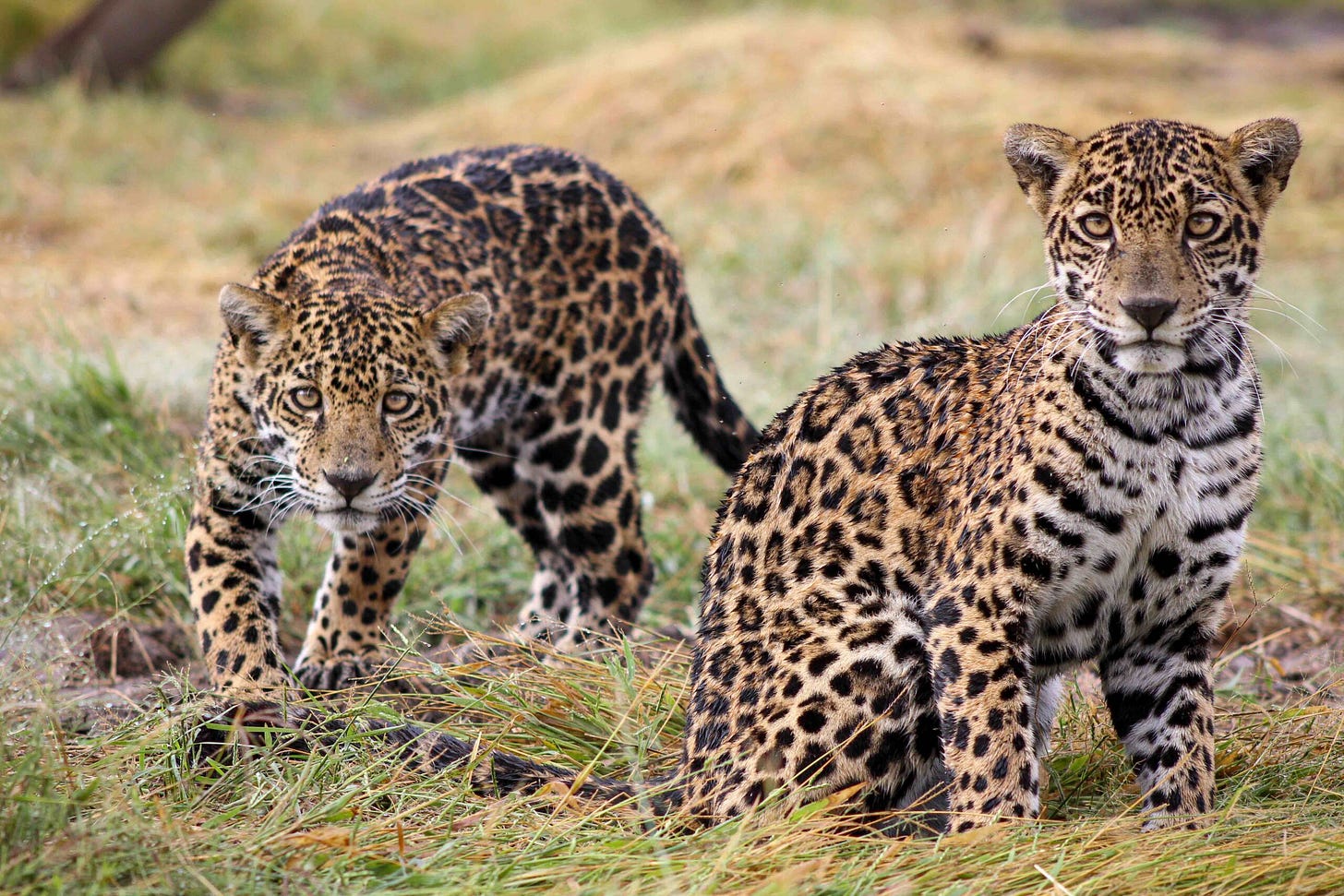
The school successfully released two jaguars in 2021, and is currently hoping to reintroduce two other jaguars and three pumas in the near future. They’re also caring for several other jaguars not considered candidates for rewilding, due to injuries or other factors. Fascinating work!
In a new study, Dr. Cuauhtémoc Saenz-Romero and his team chronicle their pioneering proactive climate resilience conservation project: planting oyamel firs (Abies religiosa) higher on Mexican mountainsides than they’ve historically been found to ensure consistent overwintering habitat for monarch butterflies as the world warms. They’re essentially “relocating a forest,” planting oyamel pine seedlings on the slopes of dormant volcano Nevado de Toluca, near Mexico City, at an elevation higher than previously thought to be habitable for the species. Superb work!
Egypt
Egypt has been declared free of malaria by the World Health Organization, thanks to nearly 100 years of public health efforts achieving nationwide success. This is a truly historic moment: one of the most deadly enemies of humankind, after plaguing these lands for thousands of years (the famous boy pharaoh Tutankhamun aka “King Tut” had malaria!), has been defeated in the Nile Valley. As recently as the 1940s, Egypt saw 3 million cases of malaria per year, and thanks to human ingenuity and determination, that’s now at zero. Absolutely spectacular work!
“Malaria is as old as Egyptian civilization itself, but the disease that plagued pharaohs now belongs to its history.”
-Tedros Adhanom Ghebreyesus, World Health Organization leader.
The 500 MW Abydos solar farm was recently completed in Egypt. Several more massive solar, wind, and battery projects are on the way, including a planned 1,000 MW solar farm that will be the largest in Africa.
Two critically endangered Egyptian tortoises hatched at Canada’s Calgary Zoo in summer 2024, helping shore up the future of the species. Great news!
United Kingdom
Two more bison calves were born at the Wilder Blean project in Kent, following the historic reintroduction of four bison to Britain in 2022. (Check out The Weekly Anthropocene’s interview for the full backstory!) The herd now consists of eight bison, the original four plus four calves born in the UK. Bison bridges are being built to expand their available habitat, and researchers have found that microbe diversity in the soil has increased since the bison arrived. A spectacular example of rewilding!
In a newly announced project, floating wind turbines are set to be assembled at the port of Bristol for deployment in the Celtic Sea between Britain and Ireland. Another milestone in the Starmer government’s efforts to build out clean energy despite NIMBYism. Great work!
Spain

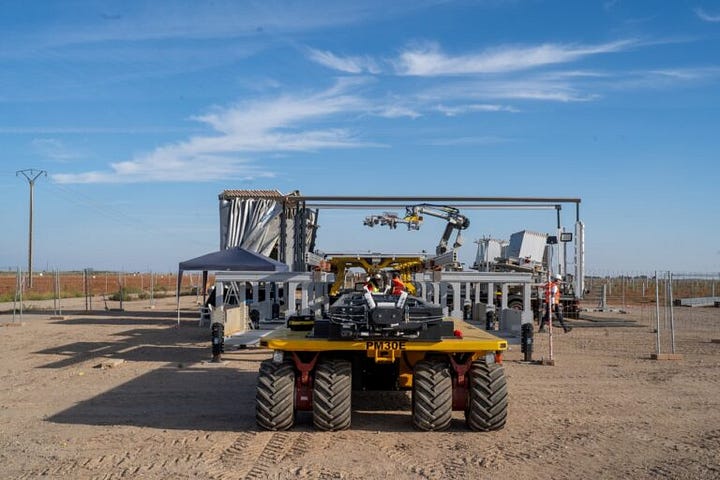
Spain recently saw the first large-scale use of the Hyperflex robotic solar installation system, installing 3 MW of a 122 MW solar farm in Valladolid. Hyperflex is similar to the Maximo solar-installing robot in the U.S., and is projected to eventually reduce assembly time by 50%. Automated solar installation seems poised to become a rapidly growing sector worldwide. Extraordinary work!
India
The village of Barekuri in the state of Assam has developed a unique relationship with a local group of 19 highly endangered hoolock gibbons, the only species of ape in India. Villagers have formed close bonds with individual wild gibbons and regularly feed them fruit. Recently praised by Indian PM Modi and profiled in a new Guardian documentary, this is another fascinating example of human/wildlife coexistence!
In October 2024, India crossed the 200 GW (200,000 MW) mark for installed clean energy capacity, with clean energy capacity in India now amounting to 201.45 GW, a full 46% of the country’s total 452.69 GW of electricity-generating capacity from all sources. Notably, solar provides 90.76 GW and is growing fast! Let’s go!
Democratic Republic of the Congo
A solar engineering company from India has started building a 200 MW solar farm in the Katanga region of the impoverished Democratic Republic of the Congo. When complete, this project should provide basic electricity to 1 million people. The renewables revolution is well and truly global now - and it will bring about a quiet revolution of rising standards of living for least developed countries along the way!
United States
On October 22, 2024, the Biden-Harris Administration’s Energy Department announced nearly $428 million in Bipartisan Infrastructure Law funding for clean energy manufacturing projects in 15 coal communities across the United States! This funding is set to spark an extra $500 million in private-sector investment and create over 1,900 good-paying jobs. There have recently been several other Manufacturing and Energy Supply Chains (MESC) grants funding awesome cleantech projects, but this round is particularly notable because it’s zeroing in on towns previously reliant on the dying coal industry, providing direct federal support for a just transition to a clean energy economy.
The newly funded projects include:
A first-ever battery-grade iron phosphate factory in Bridgeport, West Virginia.
A high-voltage power line factory in Erie, Michigan.
Retrofitting a facility for solar manufacturing in Lansing, Michigan.
Retrofitting a facility to make electrolytes for EV batteries in Louisville, Kentucky.
A new factory to build linear generators which can switch between using any fuel, in Coraopolis, Pennsylvania.
A new factory to produce lower-emission cement in Magna, Utah.
This is absolutely spectacular work, the latest from the Biden-Harris Cleantech Boom bringing clean air, manufacturing jobs, and U.S. strategic autonomy!
“The transition to America’s clean energy future is being shaped by communities filled with the valuable talent and experience that comes from powering our country for decades.
By leveraging the know-how and skillset of the former coal workforce, we are strengthening our national security while helping advance forward-facing technologies and revitalize communities across the nation.”
-U.S. Secretary of Energy Jennifer Granholm.
Form Energy has long been a poster child for the Biden Boom. Thanks to Inflation Reduction Act tax credits, they’ve been able to build a factory in Weirton, West Virginia to manufacture their pioneering “reversible rusting” iron-air battery, and they recently received a BIL-funded Energy Department grant to expand it further. Now, they’ve opened the factory and launched their product: a modular iron-air battery that can feed power to the grid for 100 hours straight, over an order of magnitude more than most competitors. Form sees their new battery as a perfect complement to fast-charging but quickly-emptied lithium batteries, soaking up extra clean electrons during sunny days and discharging for days on end during extreme circumstances like multi-day climate disasters. The first wave of these batteries will be installed in grids from Colorado to Virginia in 2025, and Form is already working on a second-generation battery for 2026.
As grid-scale battery storage grows rapidly across America and the world (more than 20 GW, aka 20 nuclear reactors’ worth, has been built in the USA since 2020!), the growth opportunities are extraordinary - and this is exactly the kind of deep-resilience cleantech ideal for this moment in the Anthropocene. We might just be seeing the dawn of a U.S. battery manufacturing titan of tomorrow, perhaps even an eventual homegrown rival to China’s colossus CATL! Spectacular work.
The US Geological Survey reports in a new study that there are likely vast quantities of dissolved lithium in the salty brines of the Smackover Formation under southwest Arkansas (similar to the lithium-bearing brines under California’s Salton Sea), with the low-end estimate of 5 million tons of lithium amounting to more than nine times the projection of total global demand for lithium in EV batteries in 2030. And the Treasury Department just clarified that critical minerals mining is eligible for the IRA’s 45X cleantech tax credit, so there’d be federal support a project here. Great!
The state of New York has achieved its solar power production goal one year early!
The USDA has announced $1.5 billion in Farm Bill and Inflation Reduction Act funding through the Regional Conservation Partnership Program for 92 landscape conservation and climate-smart agriculture projects across America, with partner organizations providing an additional $968 million in private funding. Among other priorities, 42 of the 92 projects promote terrestrial wildlife conservation, 16 projects focus on water conservation in the American West, and 6 projects support new efforts to reduce methane emissions from livestock. Here are some of the highlights:
Conserving American bison to sustain carbon-sequestering grassland ecosystems on 21 tribal nations across North Dakota, South Dakota, Montana, and Wyoming.
River conservation and restoration projects for the Duck River in Tennessee, the Salt River in Wyoming, the Peace River in Florida, the Turkey River in Iowa, the Lower South Fork Clearwater River in Idaho, the Wabash River in Indiana, the Lumber River in North Carolina, the Lower Loup River in Nebraska, the Musconetcong River in New Jersey, and more.
Deploying climate-smart agriculture on multiple projects across the Mississippi River Basin to support farmers, sequester carbon, and reduce sediment and nutrient loss.
Restoring forests home to rare species in Hawaii.
Restoring local herbaceous plants across 35,000 acres in Arizona.
Working with over 200 local farmers to deploy climate-smart agriculture and prevent nutrient runoff in the Milwaukee River Basin of Wisconsin.
We really are living through an underreported “Green New Deal” in America thanks to the BIL and IRA investments led by the Biden-Harris Administration, a surge of much-needed state action for brilliant community-building, ecosystem-restoring, climate-resilience projects across the nation. Now let’s vote to keep it!





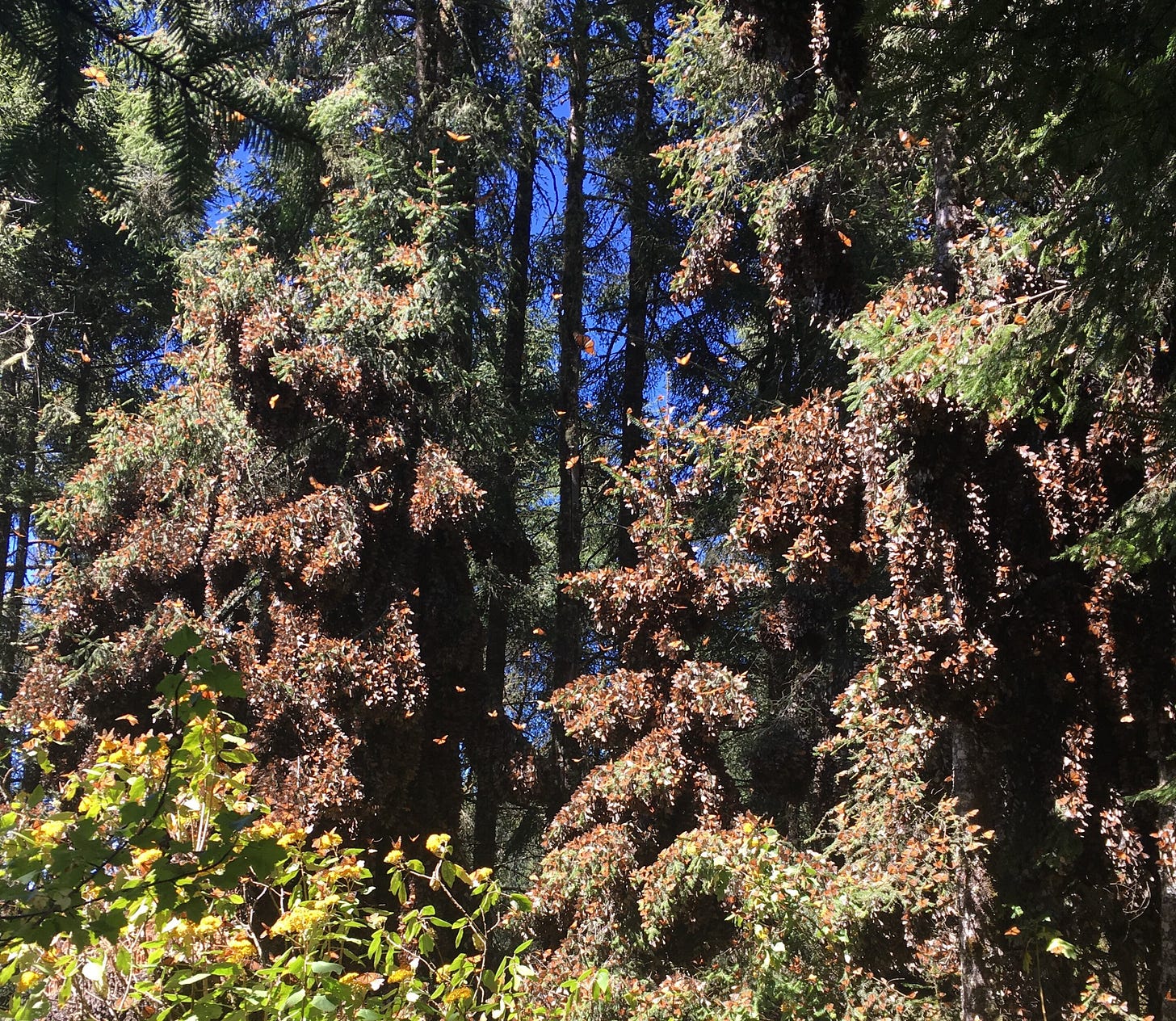

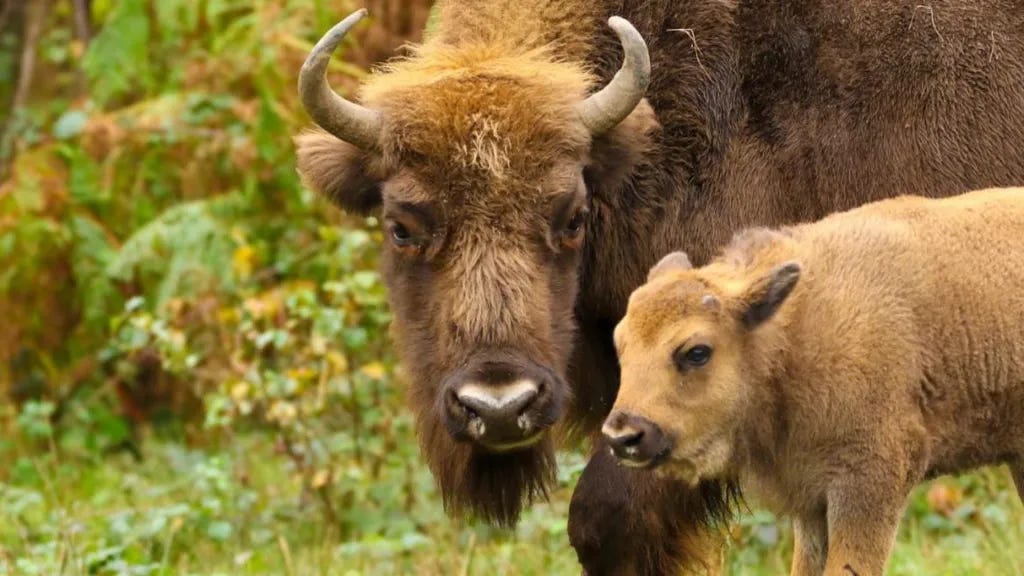

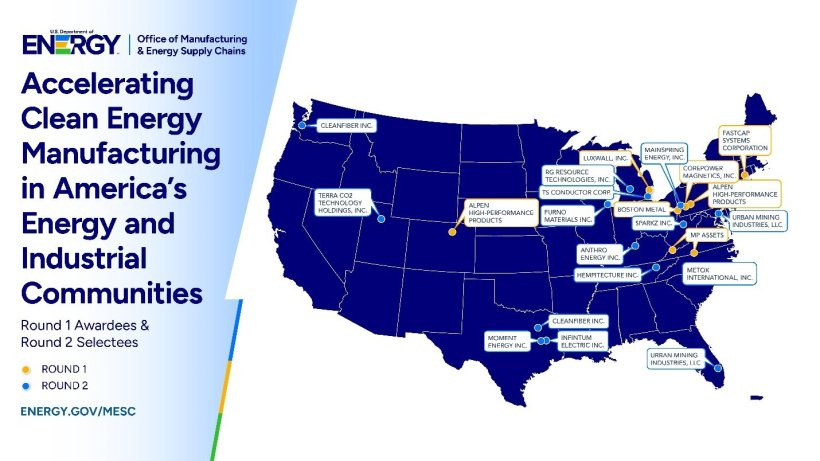
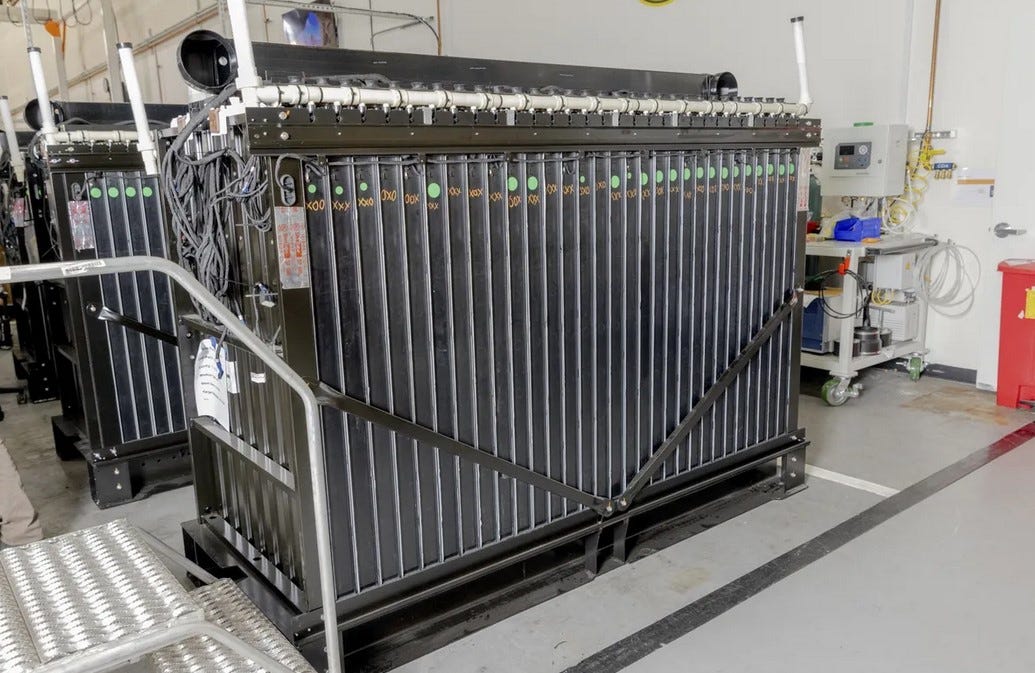
So much good news and progress on so many fronts. All deserve kudos. Two stick out in my mind: Dr. Cuauhtémoc and his team planting oyamel trees for the endangered monarchs and Form Energy's iron-air batteries. Great news.
"Conserving American bison to sustain carbon-sequestering grassland ecosystems on 21 tribal nations across North Dakota, South Dakota, Montana, and Wyoming."
First "we" kill millions of bison in North America (and elephants in Africa). Then we go "Woopsie!". Then we start a small-scale conservation program. This is what passes for human intelligence.